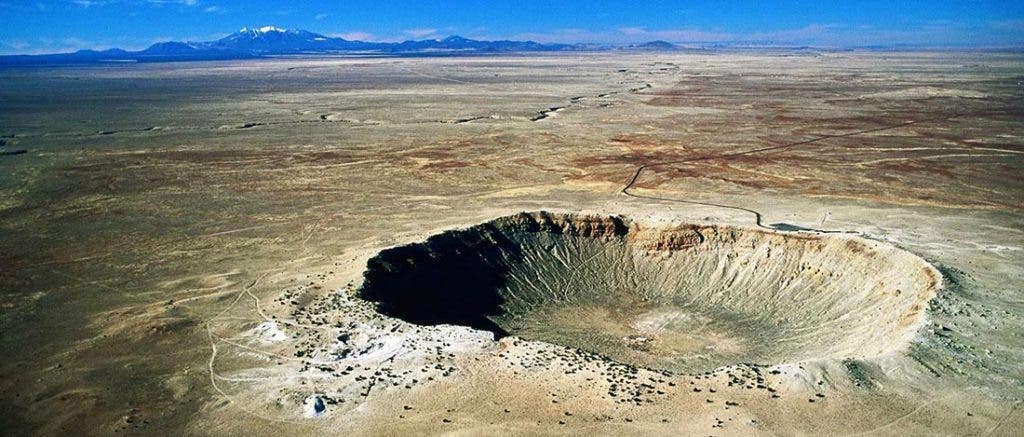Mars has over 250,000 craters created by asteroid impacts, the Moon has millions – too many to count. But the Earth has an atmosphere, which means we’re protected against most threats and we have much to be thankful for. But even the craters that we do have are constantly eroded by wind and water, so finding and identifying them is quite a challenge. Just 128 confirmed large impact craters have been spotted on the Earth’s surface,an extremely low number. But a new study concluded that it’s not that we haven’t searched hard enough – those are simply all the craters that still exist on our planet’s surface.

It’s a surprising result.
“I’m definitely surprised.” says Brandon Johnson, a planetary scientist at the Massachusetts Institute of Technology in Cambridge, who was not involved in the study. “It’s the first time anyone has done this kind of thing—taking into account the effects of erosion.”
Stefan Hergarten and Thomas Kenkmann, geophysicists at the University of Freiburg in Germany have built their analysis on a previous study done by Johnson, who found that for craters 85 kilometers in diameter and larger, the geologic record is probably complete. But Hergarten and Kenkmann searched for craters that were “only” 6 kilometers across or more, and they came up with the same conclusion: we’ve simply found them all.
The result, as surprising as it seems, is somewhat satisfying.
“It tells us that it’s not just others being too stupid to find new craters,” he says.
Also, on the other hand, it means that geologists should somewhat change their focus, and start looking for small craters. Jay Melosh, an impact crater expert at Purdue University in West Lafayette, Indiana says the results are consistent with his recent observations: diminishing returns of crater hunting.
“What the new paper does is give the crater hunters a lot of hope for smaller craters,” Melosh says.
However, there is an important mention to be made; on a geological scale, the Earth’s surface is no immobile – it moves both horizontally and vertically, and therefore things that were once on the surface (such as craters) may now be buried. This study focused only on craters on the surface, but there may be some big ones out there – they just may be buried.
The most famous one is actually the most famous crater of them all: Chicxulub, in Mexico, the remnant of the asteroid that wiped off the dinosaurs. So if you want to find craters, Johnson has a good tip for you:
“Don’t stop searching,” he says, “just search deeper.”
Was this helpful?



